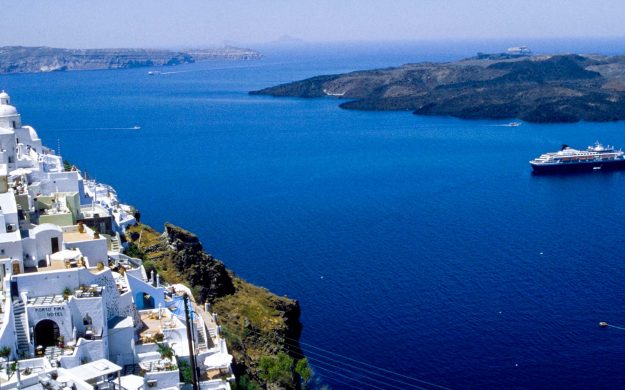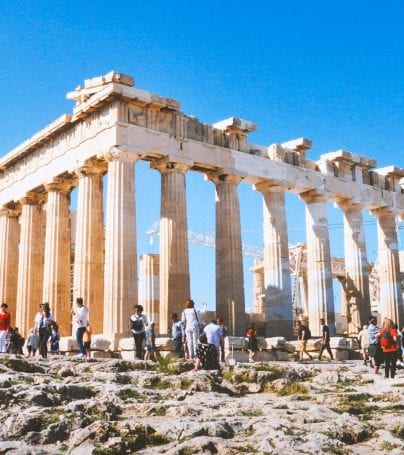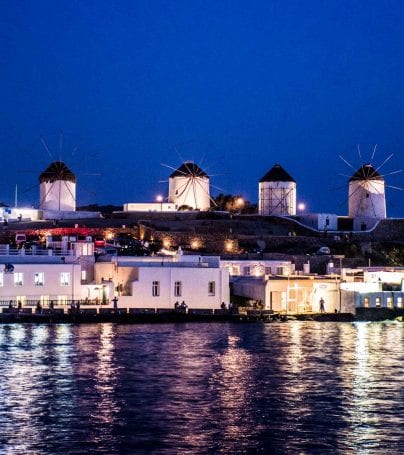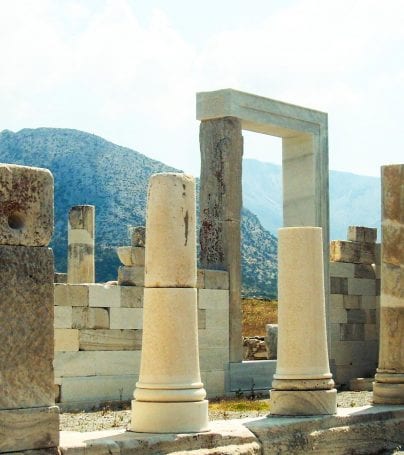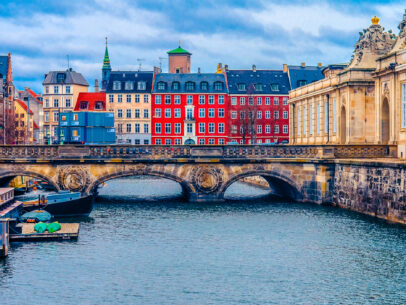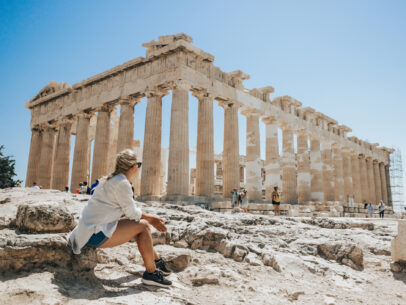Delphi Adventure Tours
Delphi is an archaeological site and a modern town in Greece on the southwestern spur of Mount Parnassus in a valley of Phocis. In ancient times it was the site of the most important oracle, dating into prehistoric times as a site for the worship of Gaia and in classical times, converted to that of the god Apollo. Delphi was revered throughout the Greek world as the site of the omphalos stone, the centre of the earth and the universe. In the inner hestia (“hearth”) of the Temple of Apollo, an eternal flame burned. After the battle of Plataea, the Greek cities extinguished their fires and brought new fire from the hearth of Greece, at Delphi; in the foundation stories of several Greek colonies, the founding colonists were first dedicated at Delphi. Delphi is located on a plateau on the slope of Mount Parnassus, next to the Sanctuary of Apollo, the site of the ancient Oracle. This semicircular spur is known as Phaedriades, and overlooks the Pleistos Valley. Southwest of Delphi, about 15 km away, is the harbor-city of Kirrha on the Corinthian Gulf.
Delphi is perhaps best-known for the oracle at the sanctuary that became dedicated to Apollo during the classical period. With origins in prehistoric times and the worship of Gaia, in the last quarter of the 8th century BC there is a steady increase of artifacts found at the settlement site in Delphi. Pottery and bronze work as well as tripod dedications continue in a steady stream, in comparison to Olympia. Neither the range of objects nor the presence of prestigious dedications proves that Delphi was a focus of attention for worshipers of a wide range, but the strong representation of high value goods, found in no other mainland sanctuary, certainly encourages that view.
The priestess of the oracle at Delphi was known as the Pythia. H.W. Parke writes that the foundation of Delphi and its oracle took place before the times of recorded history and its origins are obscure, but dating to the worship of the Great Goddess, Gaia.
The Oracle exerted considerable influence throughout the Greek world, and she was consulted before all major undertakings: wars, the founding of colonies, and so forth. She also was respected by the semi-Hellenic countries around the Greek world, such as Lydia, Caria, and even Egypt.
Buildings and Structures
Occupation of the site at Delphi can be traced back to the Neolithic period with extensive occupation and use beginning in the Mycenaean period (1600-1100 B.C). Most of the ruins that survive today date from the most intense period of activity at the site in the 6th century BCE.
Temple of Apollo
The ruins of the Temple of Apollo visible today date from the 4th century BCE are of a peripteral doric building. It was erected on the remains of an earlier temple, dated to the 6th century BCE which itself was erected on the site of a 7th century BCE construction attributed to the architects Trophonios and Agamedes.
The 6th century BC temple was named the “Temple of Alcmeonidae” in tribute to the Athenian family which funded its construction. It was a Doric hexastyle temple of 6 by 15 columns. The temple was destroyed in 373 BC by an earthquake with the third temple completed on the site by 330 BCE. The third temple is attributed to Corinthian architects Spintharos, Xenodoros, and Agathon.
The pediment sculptures are attributed to Praxias and Androsthenes of Athens. Of a similar proportion to the second temple it retained the 6 by 15 column pattern around the stylobate. Inside was the adyton, the centre of the Delphic oracle and seat of Pythia. The monument was partly restored during 1938-1941.
Treasuries
From the entrance of the site, continuing up the slope almost to the temple itself, are a large number of votive statues, and numerous treasuries. These were built by the various states — those overseas as well as those on the mainland — to commemorate victories and to thank the oracle for her advice, which was so important to those victories. The most impressive is the now-restored Athenian Treasury, built to commemorate the Athenians’ victory at the Battle of Marathon. The Athenians had previously been given the advice by the oracle to put their faith in their “wooden walls” — taking this advice to mean their navy, they won a famous battle at Salamis. Another impressive treasury that exists on the site was dedicated by the city of Siphnos, whose citizens had amassed great wealth from their silver and gold mines and so they dedicated the Siphnian Treasury.
As a result of these treasuries, through the protection of the Amphictyonic League, Delphi came to function as the de-facto Central Bank of Ancient Greece. It was the abuse of these treasuries by Philip of Macedon and the later sacking of the Treasuries, first by the Celts, and later by Sulla, the Roman Dictator, that led to the eclipse of Greek civilization and the eventual growth of Rome.
Altar of the Chians
Located in front of the Temple of Apollo, the main altar of the sanctuary was paid for and built by the people of Chios. It is dated to the 5th century BC by the inscription on its cornice. Made entirely of black marble, except for the base and cornice, the altar would have made a striking impression. It was restored in 1920.
Stoa of the Athenians
The stoa leads off northeast from the main sanctuary. It was built in the Ionic order and consists of seven fluted columns, unusually carved from single pieces of stone (most columns were constructed from a series of discs joined together). The inscription on the stylobate indicates that it was built by the Athenians after their naval victory over the Persians in 478 BCE, to house their war trophies.
Polygonal Wall
The retaining wall was built to support the terrace housing the construction of the second temple of Apollo in 548 BCE. Its name is take from the polygonal masonry of which it is constructed.
Gymnasium
The gymnasium was a series of buildings used by the youth of Delphi. The building consisted of two levels: a stoa on the upper level providing open space, and a palaestra, pool and baths on lower floor.
Castalian Spring
The sacred spring of Delphi lies in the ravine of the Phaedriades. The preserved remains of two monumental fountains that received the water from the spring date to the Archaic period and the Roman, with the later cut into the rock.
Stadium
The stadium is located further up the hill, beyond the via sacra and the theatre. It was originally built in the 5th century BC but was altered in later centuries. The last major remodelling took place in the 2nd century AD under the patronage of Herodus Atticus when the stone seating was built and arched entrance entrance. It could seat 6500 spectators and the track was 177 metres long and 25.5 metres wide.
Theatre
The ancient theatre at Delphi was built further up the hill from the Temple of Apollo giving spectators a view of the entire sanctuary and the valley below. It was originally built in the 4th century BC but was remodelled on several occasions since. Its 35 rows can seat 5,000 spectators.
Tholos
The Tholos at the sanctuary of Athena Pronaia is a circular building that was constructed between 380 and 360 BC. It consisted of 20 Doric columns arranged with an exterior diameter of 14.76 meters, with 10 Corinthian columns in the interior.
The Tholos is located approximately a half-mile (800 m) from the main ruins at Delphi. Three of the Doric columns have been restored, making it the most popular site at Delphi for tourists to take photographs.
Excavations
The site had been occupied by the village of Kastri since medieval times and this had to be relocated before a systematic excavation of the site could be undertaken, a relocation resisted by the residents. The opportunity to relocate the village was presented when it was substantially damaged by an earthquake, with villagers offered a completely new village in exchange for the old site. In 1893 the French Archaeological School removed vast quantities of soil from numerous landslides to reveal both the major buildings and structures of the sanctuary of Apollo and of Athena Proaea along with thousands of objects, inscriptions and sculptures.
Four areas of the site have been reconstructed to greater of lesser extents. The Treasury of the Athenians was fully reconstructed from its original materials by the original French excavation team under the sponsorship of the Mayor of Athens. The Altar of the Chians was reconstructed in 1959 by the Greek Archaeological Services. The Tholos and Temple of Apollo have been subject to limited reconstructions.
Modern Delphi
Modern Delphi is situated immediately west of the archaeological site and hence is a popular tourist destination. It is on a major highway linking Amfissa along with Itea and Arachova. There are many hotels and guest houses in the town, and many tavernas and bars. The main streets are narrow, and often one-way. Delphi also has a school, a lyceum, a church and a square (plateia). The Trans European Footpath E4 passes through the east end of the town. In addition to the archaeological interest, Delphi attracts tourists, due to closeness to the Parnassus Ski Center and the popular coastal towns of the region. The town has a population of 2,373 people while the population of the municipality of Delphi, including Chrisso (ancient Krissa), is 3,511.
In medieval times Delphi was also called Kastri and was built on the archaeological site. The residents had used the marble columns and structures as support beams and roofs for their improvised houses, a usual way of rebuilding towns which were merely or totally destroyed, especially after the earthquake in 1580 which demolished several towns in Phocis. In 1893 archaeologists from the École française d’Athènes finally located the actual site of ancient Delphi and the village was moved to a new location, west of the site of the temples.
The Delphi museum is at the foot of the main archaeological complex, on the east side of the village, and on the north side of the main road. The museum houses an impressive collection associated with ancient Delphi, including the earliest known notation of a melody. Entries to the museum and to the main complex are separate and chargeable, and a reduced rate ticket gets entry to both. There is a small cafe, and a post office by the museum. Slightly further east, on the south side of the main road, is the Gymnasium and the Tholos. Entry to these is free.
Customize Your Dream Adventure
We are here to help craft tailor-made adventures for individuals, couples, families, and groups of explorers.

